Structural Integrity Associates Achieves Milestone with Pegasus Code Development
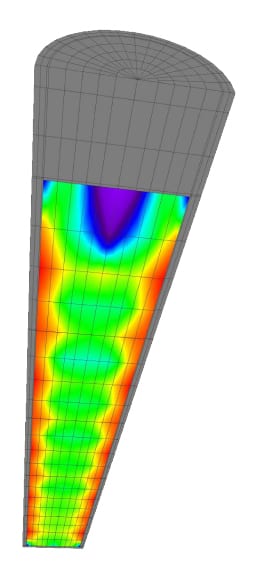
SI announced the development of Pegasus© in the SI newsletter in 2019, Introducing Pegasus: State-of-the-Art Nuclear Fuel Behavior with the objective of enhancing the fidelity of fuel behavior and performance in support of advanced fuel technologies. The Pegasus© code will go through additional validation testing over the next several months to meet a production roll-out in early 2021 in support of fuel performance behavior analysis across a broad spectrum of light water reactor and advanced reactor fuel designs.
” I am proud of the SI Fuel Team”, said Mark Marano, SI CEO.” This milestone exemplifies our ability to provide innovative structural integrity solutions for clients across structures, systems, components, water chemistry and nuclear fuel.”
Structural Integrity is an employee-owned specialty engineering and services company providing innovative engineering solutions and services to achieve asset management excellence across multiple industries including Nuclear, Fossil, Oil & Gas, Renewables, and Critical Infrastructure.

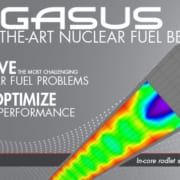
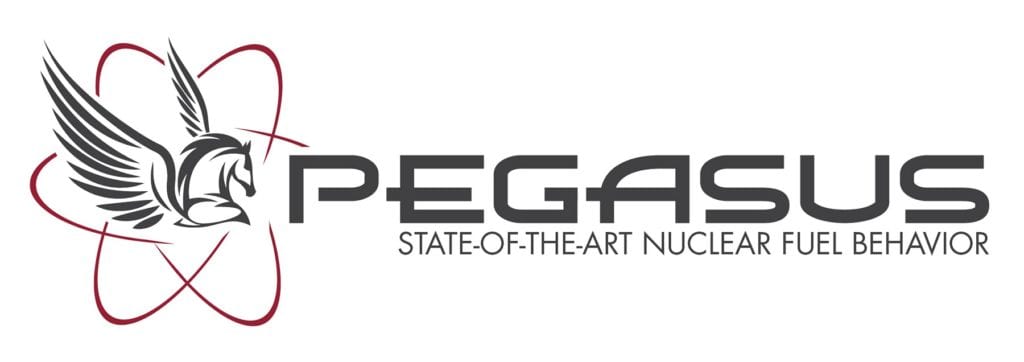


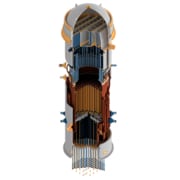
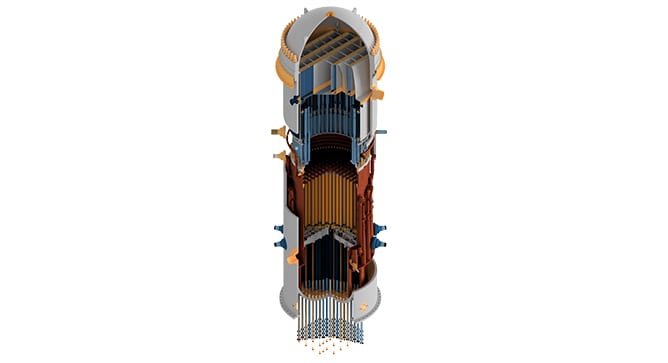
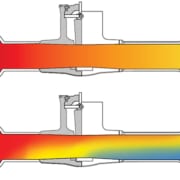
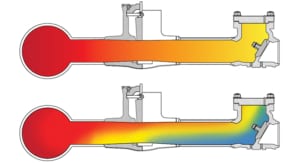


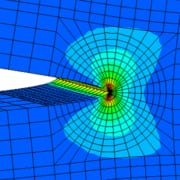
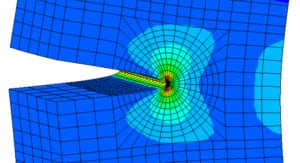
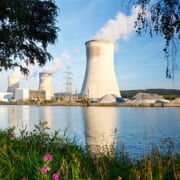
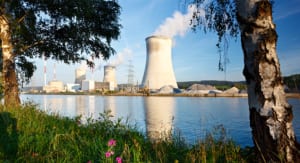
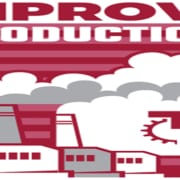
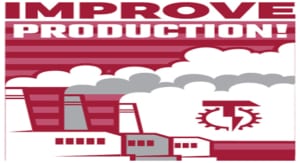
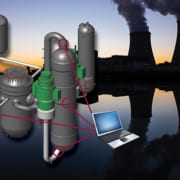
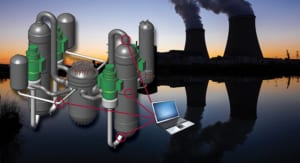
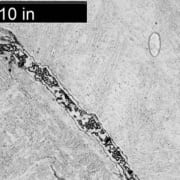
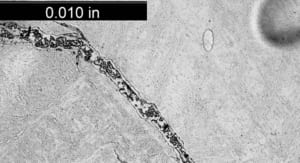 Structural Integrity (SI)
Structural Integrity (SI)